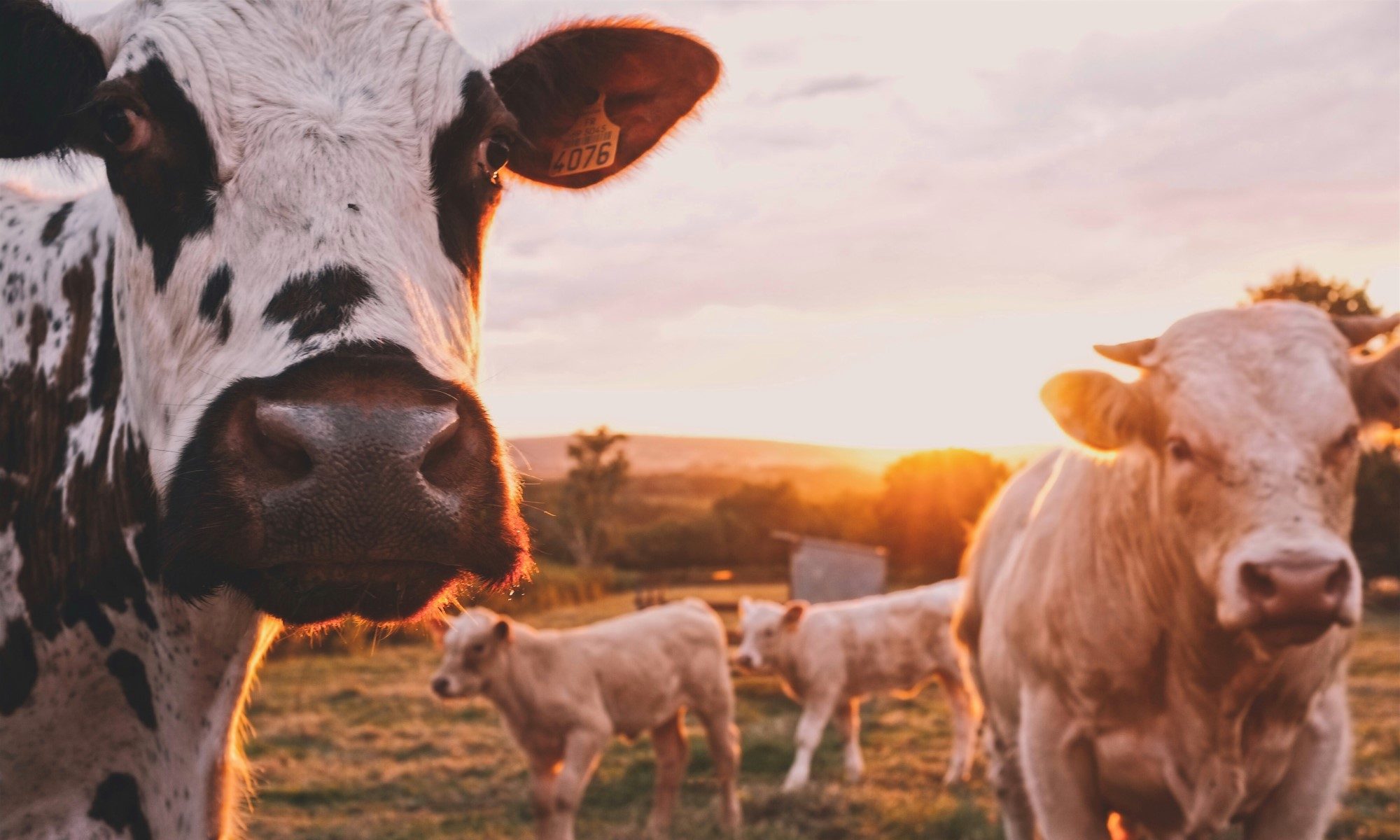One famous way of irrigation is drip irrigation. In drip farm irrigation system water is provided directly to the roots of the plant. This is a very effective method as you can make minimum use of the available resources. It reduces the use of water by enabling water to drip little by little into the roots of plants. This is done using a network of pipes, valves, emitters and tubing. If the system is implemented in the right manner, one can get amazing results. Drip Irrigation Systems
In the beginning, layering out can be a bit of a problem. But once the system falls into the groove, it's easy to maintain. To maximise the input you can mix fertilizers with the water. This system works with such efficiency that it yields better results than other systems like overhead irrigation or flood irrigation. As it uses little water, it helps to conserve water which usually is lost by way of evaporation or deep drainage. This method of farming can prove to be very useful in dry and semi- dry areas. Farm Irrigation Systems
The main problem in this type of irrigation is clogging. Both the drainage facilities and pipes get clogged easily. So, to make it effective, it is important to have proper drainage and filtering system. With the elimination of evaporation or deep percolation maximum use of water is available.
Large scale drip irrigation methods usually have a kind of inbuilt filter to prevent blockage of the flow paths of emitters by small particles borne by water. New technologies are being incorporated to reduce the blockage. When it is practised in residential systems, they do not carry additional filters as because potable water is filtered at the water treatment plant. However, manufacturers of drip irrigation equipment suggest that filters need to be fitted and refuse to commit to warranties unless this is. Apart from other filtration systems employed in this technique, last line filters fitted just before the last delivery hose pipe are strongly recommended because of the settlement of fine particles. Drip Irrigation System Pumps
Like other agricultural irrigation systems, drip irrigation comes with its advantages and disadvantages. With this kind of system, one can have enjoyed less consumption of water, lower labour cost, minimal soil erosion, and a very easy way of watering fields and garden uniformly with cent percent efficiency. The system, however, comes with certain disadvantages. This includes higher set -up costs, high chances of clogging, less longevity, continuous maintenance and strict monitoring. All said and done; the pros outweigh the cons significantly.
Drip irrigation systems are widely used in large farms, vast gardens, and greenhouses. It is practised widely in areas of severe water shortage and for crops such as grapes, coconuts, bananas, brinjal, citrus, strawberries, sugarcane, and tomatoes.
Of all irrigation systems, this system meets all needs with more than ninety percent efficiency. Compared to this other system like yard sprinkling systems and hand sprinkling meet between fifty and seventy percent of the needs. So, drip irrigation is the best method of irrigating fields. Farm Irrigation Systems Installations
